5 Indian Brands that nailed the Marketing Game
2 Min Read
What if you had the finest product line and there was no one to buy it? What if your customer service was so great that it gave a tough competition to five-star services, but there was no one to experience it? What if you had excellent skills but there was no client that you could work for?
Great businesses require great marketing. Establishing an amazing product is essential for sure, but more than that, it requires to be reached out to the masses in an effective way which requires researching, strategizing, executing marketing campaigns to gain the traction your business needs.
Marketing in India has been very dynamic and evolving day by day adapting to the new norms. There have been some phenomenal brands that have overturned the marketing pinwheel and broke records with their strategies. Let’s look at 5 such brands that were exceptional for their own good!
Amul India
There is a reason why this brand has topped our list. Think about it, how many brands are out there that take a stand on social issues? Amul has always been vocal about every kind of social event or cause, be it national or international via the perspective of their evergreen Amul girl. This has made the brand stand out making it an example of exceptional branding.
Little did Verghese Kurien know while forming the Gujarat Cooperative Milk Marketing Federation(GCMMF) in 1946 that his brand Amul would travel far and wide to become the most successful brand in the FMCG industry.
And most importantly, unlike other competitor brands, it has built a unique standard in marketing communications. No doubt, it has an ever-expanding product portfolio directing towards all forms of new-age commodities(we’ll talk about its core marketing strategy a little later) but it has its social media marketing on point!
It connects emotionally with people by using interactive content. And more than focusing on talking about their products, they bring their opinion out on grave social issues and events and usually become viral content. This has got them huge engagement across channels from all age groups.
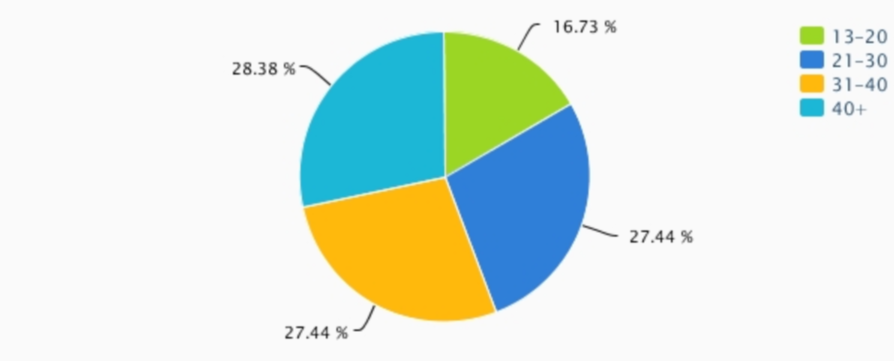
Be it print or digital advertising, they have launched many viral marketing campaigns that are not restricted to politics and national issues.
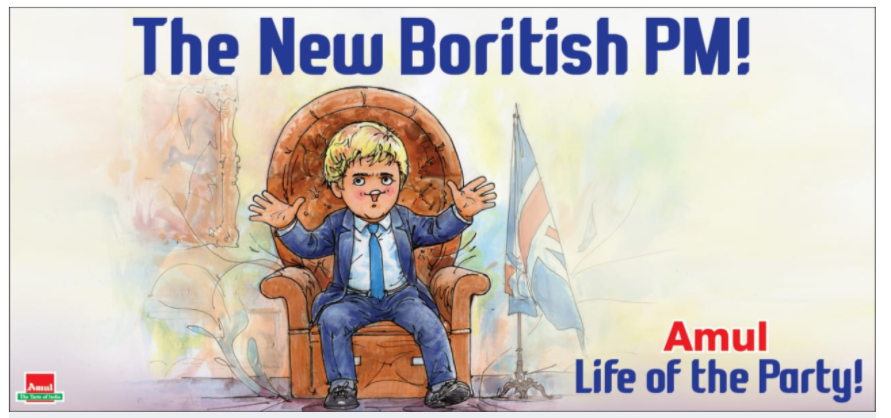
Their brand icon – the Amul Girl herself appears on most of these advertisements with a superbly creative edge and often punny catchphrases are found on most of these which made them the sensational talk-of-the-town.
The brand originally began with selling dairy products but has now diversified into selling various forms of goods, like chocolates, and entering the biscuit market later in the year. It gave a tough competition to Britannia’s Good Day by claiming to have 25% butter in their cookies compared to 3% in other cookies. The launch of ice-creams in 1996 was a huge hit; in 2010 they had close to 8,500 Amul exclusive parlours in the country.
Amul is a mass brand that has excelled in quality and brand awareness taking its voices to the young and old alike.
Asian Paints
The 73-year-old brand has been instilled into an emotional level by humanizing the concept of home for us all and has come a long way right from the time of Independence to become the market leader defeating all its foreign competitors in 1967. With a turnover of 30.2 billion, it has expanded to 65 countries and subsidiaries such as Berger, APCO, Scib Paints, Sleek Kitchens, Taubmans, etc.
In their initial days of creating a brand, they had brought up a brand mascot ‘Gattu’, an iconic creation created by the legendary RK Laxman and found its fan base in India’s middle-class population. In the act of portraying itself as a more consumer-friendly brand more than just an industrial product, the brand mascot helped them resonate with the masses and generate substantial revenue. He was seen in print as well as television advertisements until 2002 when he was sadly axed.
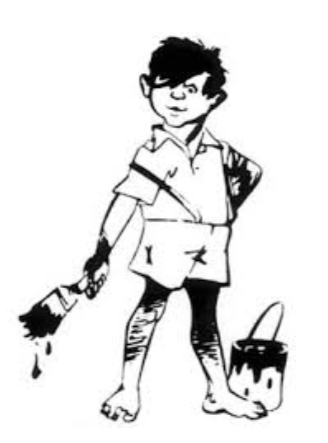
Later is when their infamous tagline “Har Ghar Kuch Kehta Hai” narrated by the ad veteran Piyush Pandey took birth while working with Ogilvy which became an instant hit. This campaign was scaled to the maximum during festivals and also influencing people in the home decor space.
Apart from executing a customer-centric approach, it has defined innovation by integrating closely with painters, decorators, architects, and home designers to provide solutions for customized furnishing and decoration as well. With strong market analysis and an even better product portfolio, it has grown to become the third-largest paint company in Asia today.
Fevicol
Ever wondered how an adhesive brand can become so recognizable and successful in branding. As soon as you think of Fevicol those two elephants pulling a ball together with a yellow background come straight to your mind.
An extraordinary example of branding, it has travelled from Kareena Kapoor dancing to the tunes of “Fevicol Se” to PM Narendra Modi defining Indo-Japan friendship in his speech as “fevicol se bhi mazboot jod”. And even for that matter, did any other brand or product at all come to our mind when we wanted to stick some material?
Run by Pidilite Industries, founded by Balvant Parekh and Sushil Parekh, the brand had successfully taken over the adhesive industries since 1959 and has never looked back ever since. But how did this journey begin? With a simple direct marketing tactic. The Parekh brothers found an opportunity to develop synthetic glue in place of the natural glue which was used back then. And instead of selling the finished product through stores, they began approaching directly to carpenters for sale. This bold plan got them to build trust and outscore against competitors like Movicol which was an international adhesive brand.
Scaling 50 years of sticky success with their flagship product, they have built a 137 billion successful business with an expanded product portfolio such as Fevicryl(arts and crafts), Fevikwik(instant glue), Fevistick(glue-stick), Dr. Fixit, M-seal for domestic use. In the industrial space, Fevicol has launched Marine Fevicol and Fevicol SpeedX.
Apart from implementing brilliant marketing strategies they also have had their advertising and branding on point. During their initial days, they had a deep bond with print and television advertising with some iconic ads like ‘Dum Laga ke Haisha’, ‘Moochwali’, ‘Egg’, and many more.

Today, Fevicol has emerged to be a creative genius by showcasing its art on social media and other mediums.
By this, they have boosted their reach and engagement to become a brand that is not only a material adhesive but has created a bond with its creative communication strategy.
Patanjali
Needless to say, this brand is found in every household in the form of some or the other commodity like toothpaste, atta noodles, corn flakes, you name it! But how did this company become such a spectacular success by giving a tough competition to the FMCG sector companies like HUL, Nestle, P&G? How did it build a strong foundation in such a short timeframe by starting from scratch?
It began in 1997 as a small pharmacy shop in Haridwar by Baba Ramdev. In 2006, it went on to form a company named Patanjali Ayurved Pvt. Ltd. by Acharya Balkrishna. They began with the aim of establishing a healthy society especially for the rural areas and creating revolutionary products that are 100% natural and pure. Today, it holds more than 900 different products in categories of personal care, household, groceries, etc. It holds more than 300 medicinal products at its manufacturing divisions producing solutions to ailments pertaining to health. Later in this year, the brand launched a drug named ‘Coronil’ which worked as an immunity booster against the novel Coronavirus.
Pantanjali’s growth story is a result of its unique proposition and successful Influencer Marketing. Baba Ramdev being the founder of the company also actively endorses the products. He himself has a strong brand value with a healthy follower base which has helped the brand get the necessary traction. Also, their pricing strategy is competitive and priced their products 20-30% lower than their counterparts which helped them acquire price-sensitive customers.

Their distribution network is also very elaborate with 4700+ retail outlets spread across the country. It also has tied up with Pittie Group and Kishor Biyani’s Future Group. It also entered the clothing industry offering its own line of kurtas and pyjamas. Today, it holds a 2000 crore business empire.
Overall, their swadeshi brand positioning got them widely acknowledged and their online, as well as offline marketing campaigns, include ‘Natural and Free of toxic chemicals’ proposition which is the major reason behind their success.
Reliance Jio
We all remember the year in 2016, when Reliance Jio was announced and gave their competitors Vodafone, Airtel, Idea a run for their money. They actually witnessed almost a double-digit decline in their revenue within a few months of the launch of Jio. Its intelligent marketing strategy had them acquire 16 million subscribers within the first month of launch! They targeted a pan-India presence as a telecommunication brand offering broadband services, smart devices, internet, messaging, telephonic facility along with innovation in entertainment access which they beautifully achieved with its combined marketing campaigns. Currently, it has built an empire by generating close to 2.6 US dollars of revenue.
So how did they earn this really?
Reliance Industries Limited(RIL), a Fortune 500 company that is India’s largest brick and mortar retailer, had split back in 2005, which was then known as Infotel Broadband gained the license to operate across the country. Later on, it came to be known as Reliance Jio, a dream project of Mukesh Ambani.
It all began with a killer pricing strategy. When it started, Mukesh Ambani had announced that Jio is going to charge 1/10th of the industry’s standard telecommunication charges. They conceded to the norm back then that people all over the world choose between calls and texts, or data but do not pay for both. Therefore, regardless of the package you buy, there was free:
- Unlimited voice calls, local or STD.
- No roaming charges; the prices are the same throughout India
- Reliance Jio apps with free surfing of movies, music and LiveTV until December 2017
For the first few months after its launch, they offered almost every service for free to all their users. Thus, they were able to acquire millions of price-sensitive customers and is considered to be the biggest customer acquisition strategy implemented in the history of Indian telecom.
They also killed it in technology by providing the latest 4G LTE network with premium quality. Now, the future 5G and 6G technology is also expected to be launched in wireless communications.
From a branding perspective, they have again signed in some big Bollywood celebrities like Shah Rukh Khan, Amitabh Bachchan and also had tie-ups with payment wallet brands like Freecharge, Mobikwik, and Paytm that offered cashbacks to JioPrime users on recharge. Also, their social media is on point when it comes to reaching out to Gen Z.
Back in 2019, they had raised its charges to 6 paise per minute for voice calls. Their competitor Airtel had made a comeback to this in their tweet:
To which Jio had retaliated with a witty gibe this way:
Another master move by them was offering free Internet Wi-Fi services at six cricket stadiums during T20 World Cup.
Jio made a unanimous presence in the telecom space in India and with staggering growth and has never looked back ever since. In 2016, it achieved a net profit of 831 crores with an impressive 90% rise in September 2019. And with various strengths to hold they have single-handedly taken over the telecom space and established a new era of digital power!
Final Thoughts
Marketers make things better by making change happen.
Seth Godin
And, we are going to leave this here and rest our case!
We are the best SEO marketers in town!
Marketing your business online requires real skill with craftsmanship. Our nimble-fingered marketers are here to help you boost your business effortlessly. Contact Us Today!
Recommended Posts
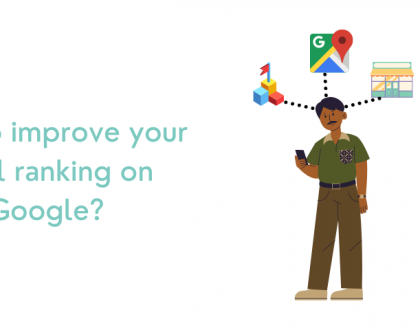
How does local SEO help your website rank better on Google?
March 11, 2022
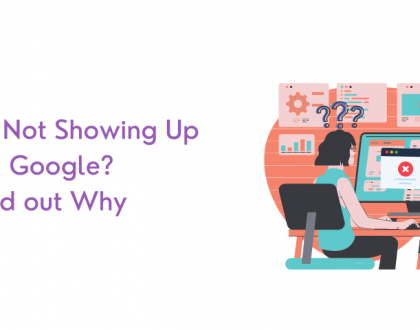
Why Your Website not visible on Google? Find out
March 7, 2022

